Search
Remove Ads
Advertisement
Summary 
Loading AI-generated summary based on World History Encyclopedia articles ...
Search Results

Definition
Galileo Galilei
Galileo Galilei (1564-1642) was an Italian mathematician, physicist, astronomer, and natural philosopher. He created a superior telescope with which he made new observations of the night sky, notably that the surface of the Moon has mountains...
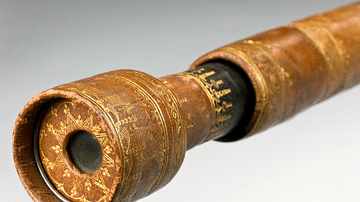
Article
The Telescope & the Scientific Revolution
The invention of the telescope in 1608 is usually credited to the Dutchman Hans Lippershey. The astronomical telescope became one of the most important of all instruments during the Scientific Revolution when figures like Galileo (1564-1642...
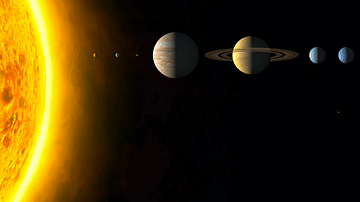
Article
Astronomy in the Scientific Revolution
The astronomers of the Scientific Revolution rejected long-held theories of ancient thinkers like Claudius Ptolemy and Aristotle and instead set out to systematically observe the heavens in order to create a model of the universe that fit...
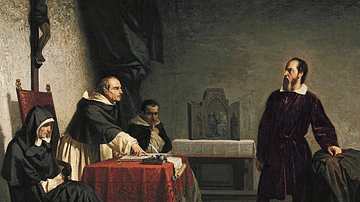
Image
Galileo Facing the Roman Inquisition
An 1857 painting titled Galileo Facing the Roman Inquisition by Cristiano Banti. It shows the trial for heresy of the mathematician and astronomer Galileo (1564-1642) in 1633. Galileo was found guilty and sentenced to live under house arrest...

Image
Galileo's Map of the Moon
A map of the Moon's surface by Galileo (1564-1642), drawn using a telescope the astronomer had built himself. The uneven line of shadow aided Galileo in identifying the nature of the Moon's surface and the approximate size of its mountains...

Image
Eyepiece of Galileo's Telescope
The eyepiece of a model of the telescope made by Galileo (1564-1642) c. 1608. Galileo made a telescope capable of x33 magnification and used it to make several important discoveries in astronomy. 970 mm x 60 mm. (Science Museum, London)
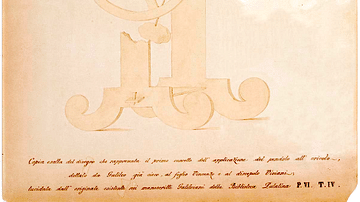
Image
Galileo's Design for a Pendulum Clock
A design for a pendulum clock made by Galileo Galilei (1564-1642) in the last year of his life. Galileo never made a working model of the clock (although his son did in 1649). Illustration by Vincenzo Viviani. (Science Museum, London)

Image
Galileo Demonstrating His Telescope
A c. 1900 painting by Henry-Julien Detouche showing Galileo (1564-1642) demonstrating his telescope (which he built c. 1608) to Leonardo Donato, Doge of Venice
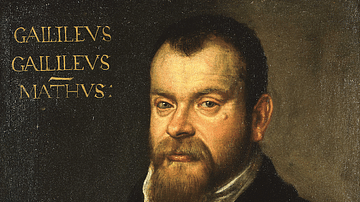
Image
Galileo by Porcia
A c. 1602 oil-on-canvas portrait of Galileo (1564-1642) by Francesco Porcia. (Royal Museums Greenwich, London)
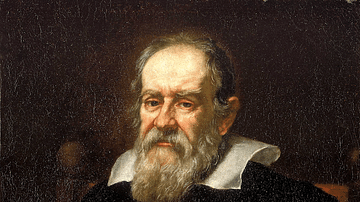
Image
Galileo by Sustermans
A c. 1640 portrait of Galileo (1564-1642) by Justus Sustermans. (Royal Museums Greenwich, London)